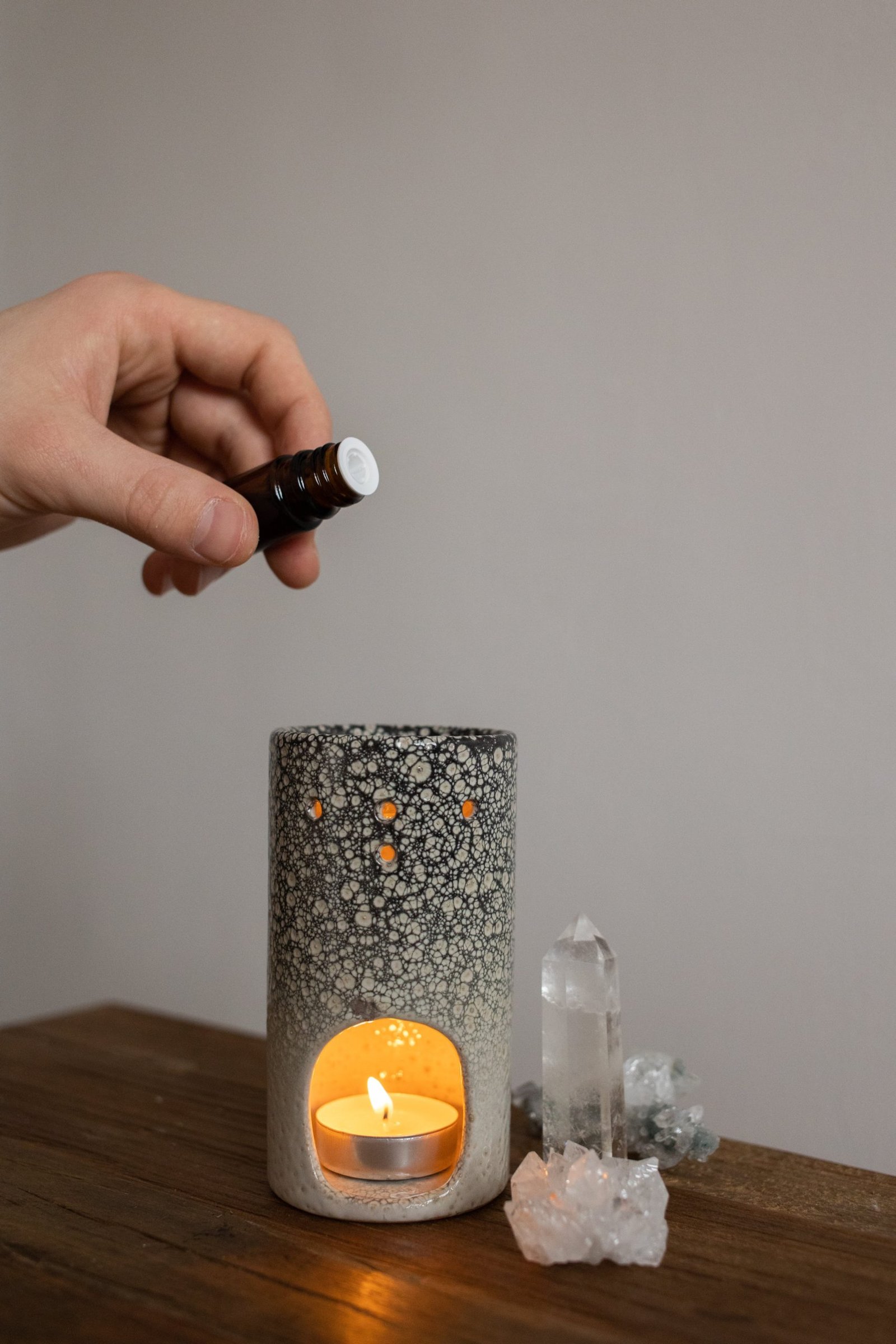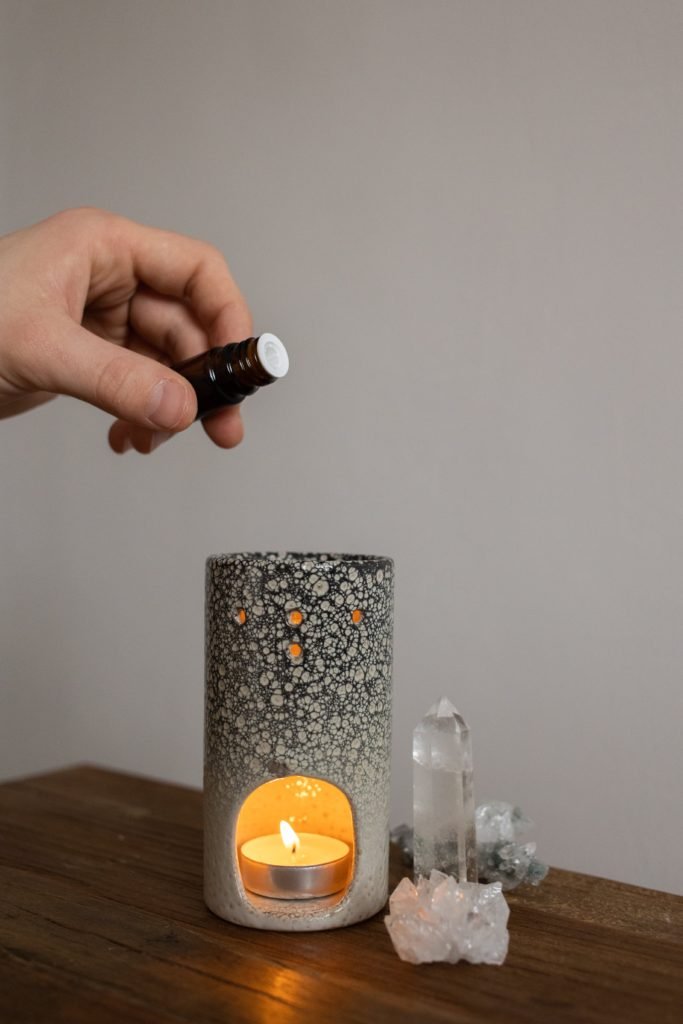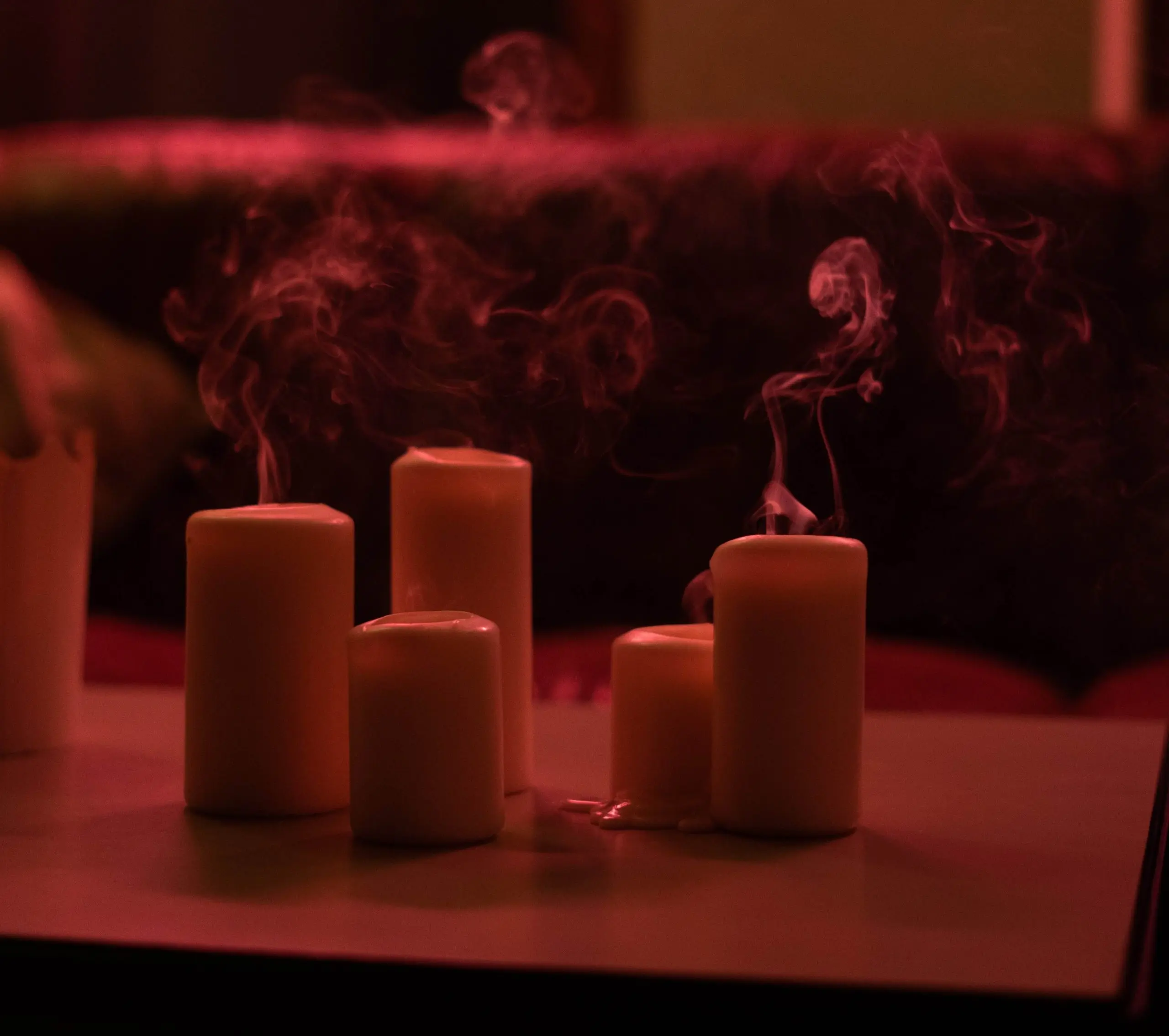
History of Aromatherapy: Tracing Its Ancient Origins to Modern Applications
Aromatherapy, the use of aromatic plant extracts for therapeutic purposes, has a rich and diverse history that spans thousands of years across various cultures worldwide. Here’s an overview of the history of aromatherapy:
Ancient Origins:
- Ancient Civilizations: The use of aromatic plants for healing dates back to ancient civilizations like Egypt, China, India, and Greece. Egyptians utilized aromatic oils in religious ceremonies, embalming, and cosmetics. The Ebers Papyrus, an ancient Egyptian medical document, details various herbal remedies and essential oils.
- Chinese Medicine: Traditional Chinese Medicine (TCM) incorporated aromatic substances for their healing properties. Chinese texts, such as the Yellow Emperor’s Classic of Internal Medicine, discuss the use of herbs and aromatic plants in medicinal practices.
- Ayurveda: In India, Ayurveda, a holistic healing system, used essential oils extracted from plants as part of treatments. The ancient texts of Ayurveda mention the use of aromatic substances for therapeutic purposes.
Middle Ages to Renaissance:
- Middle Ages: During the Middle Ages, herbal medicine and the use of aromatic plants continued in Europe. Aromatic substances were employed to combat diseases, epidemics, and plagues.
- The Renaissance: With the Renaissance, renewed interest in science and herbal medicine emerged. Renowned figures like Paracelsus, a Swiss physician, emphasized the healing properties of plants and their essences.
Modern Development:
- 19th Century: The term “aromatherapy” was coined by René-Maurice Gattefossé, a French chemist, in the early 20th century. Gattefossé accidentally discovered the healing properties of lavender oil when it helped heal a burn on his hand, leading to his exploration of essential oils’ therapeutic benefits.
- 20th Century: French biochemist Dr. Jean Valnet expanded on Gattefossé’s work, utilizing essential oils in treating soldiers during World War II. His book “The Practice of Aromatherapy” helped popularize aromatherapy in Europe.
- Contemporary Era: Aromatherapy gained popularity globally as research expanded on the therapeutic properties of essential oils. It found applications in various fields like holistic healing, spa treatments, stress management, and alternative medicine.
Present-Day Applications:
- Holistic Healing: Aromatherapy is widely used in holistic healing, addressing physical, emotional, and mental well-being. It is incorporated into massage therapy, diffusers, baths, and inhalation techniques.
- Alternative Medicine: Many practitioners use aromatherapy as part of complementary and alternative medicine (CAM) to support conventional treatments for various ailments.
The history of aromatherapy showcases its evolution from ancient practices to modern applications, highlighting its enduring significance in wellness and healthcare practices globally.

